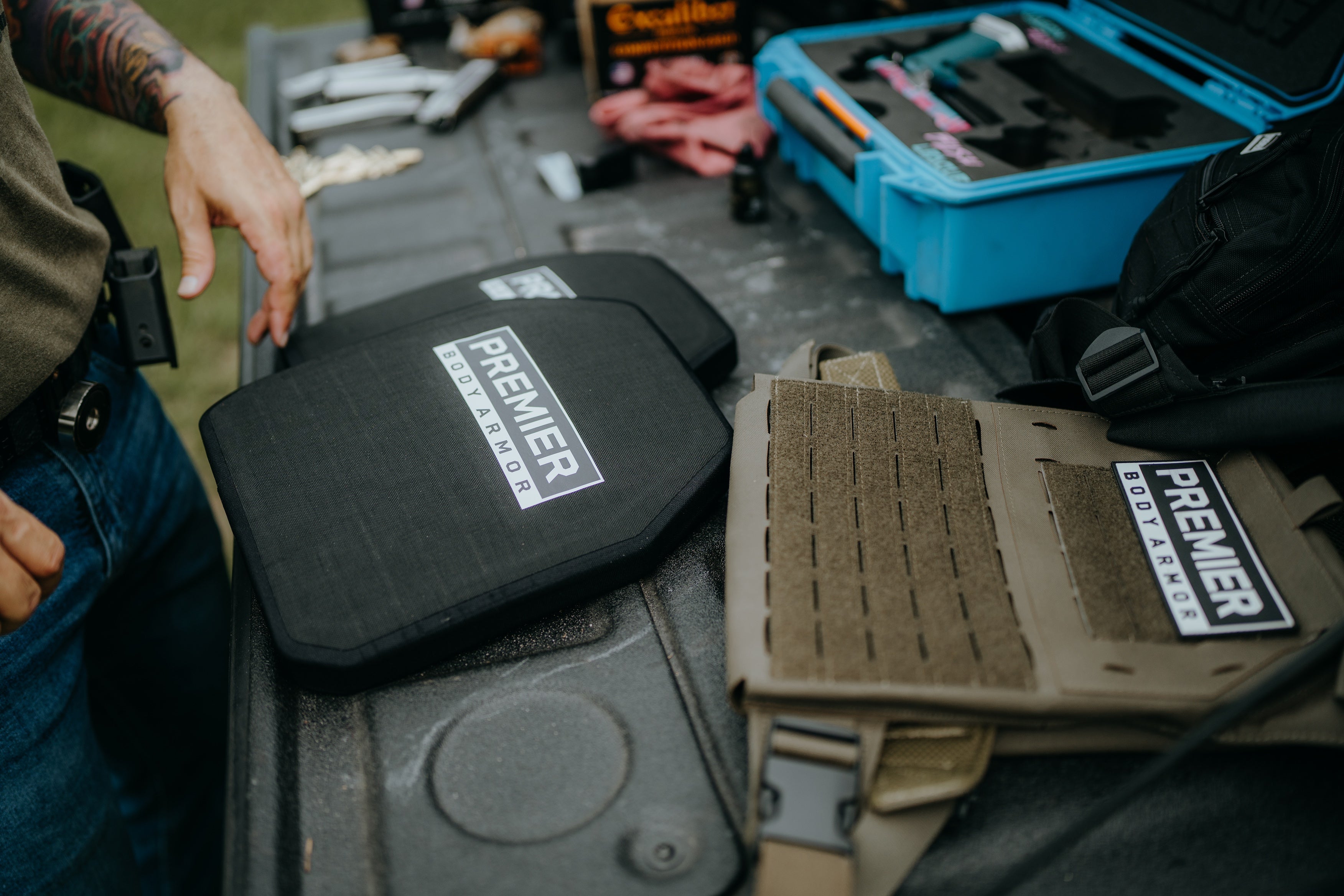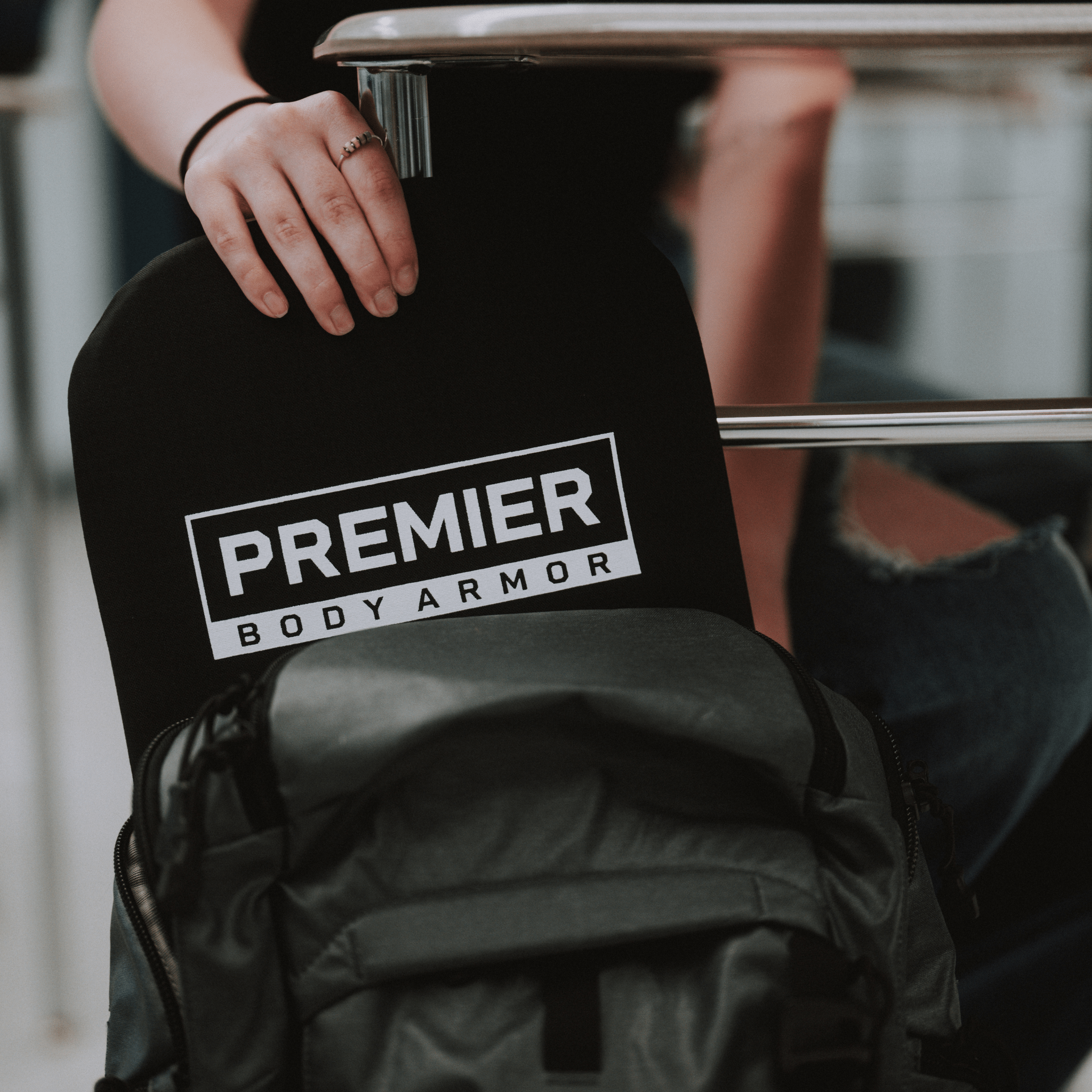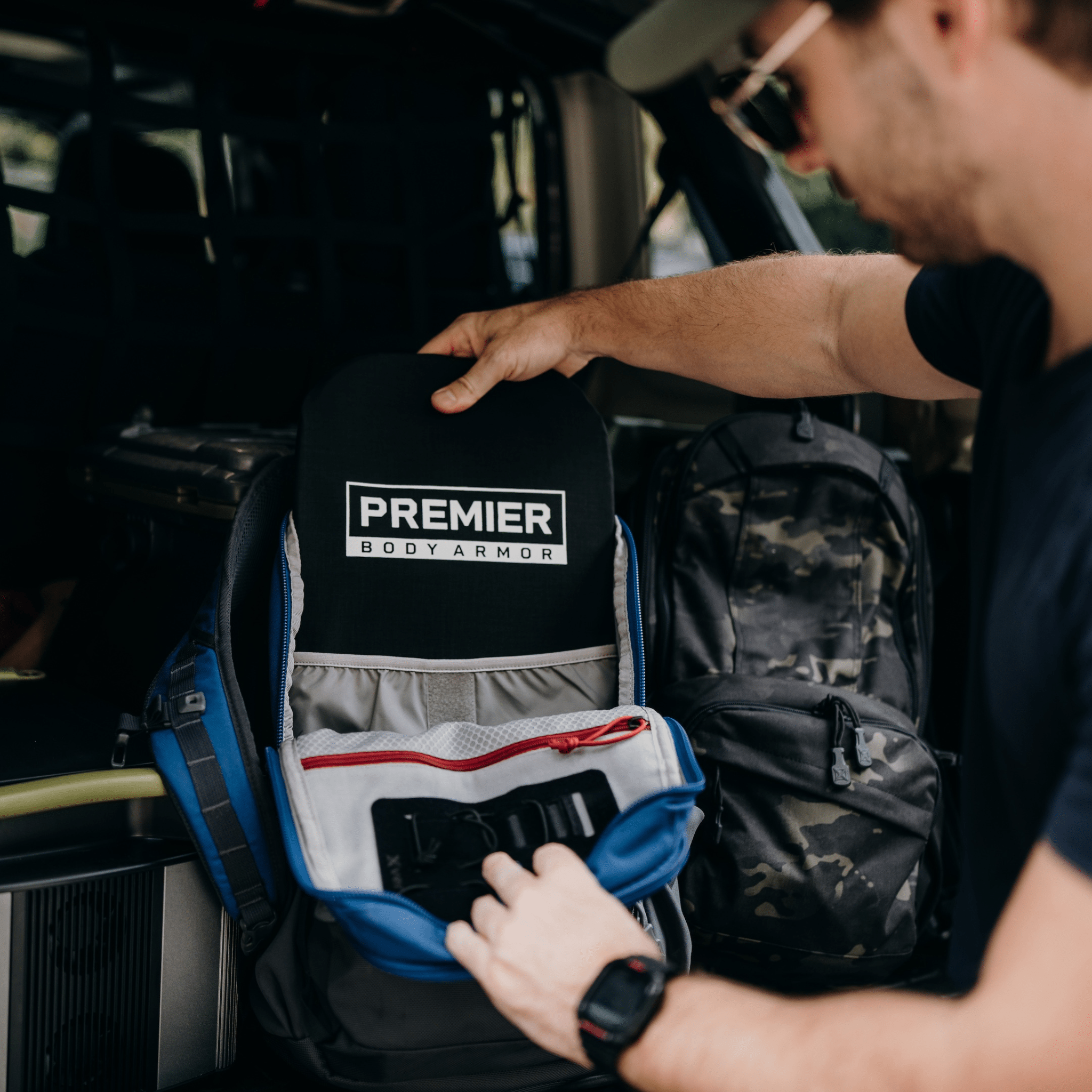Understanding Body Armor Ratings
*November 2024 Update: The NIJ has revised their standards and released the 0101.07 standards. To learn more about the changes and what is new, read our article on Understanding the New NIJ 0101.07 Body Armor Standards.
Understanding armor levels is crucial for choosing appropriate protective gear. As defined by the National Institute of Justice (NIJ), there are five distinct body armor ballistic levels: Level IIA, Level II, Level IIIA, Level III, and Level IV. Each level signifies the armour's capability to resist specific types of rounds at particular velocities:
- Level IIA: This level offers protection against lower velocity 9mm and .40 S&W ammunition.
- Level II: Provides increased protection, including higher velocity .357 Magnum and 9mm ammunition.
- Level IIIA: Offers even greater protection, suitable for high-velocity 9mm and .44 Magnum ammunition.
- Level III: Resists rifle rounds, specifically 7.62mm FMJ lead core rifle ammunition.
- Level IV: The highest NIJ body armor level, designed to withstand armor-piercing rifle rounds.
In essence, each increase in armour level offers enhanced ballistic protection, but it's crucial to consider factors like comfort and mobility when selecting the appropriate level for your specific needs.
The NIJ
The National Institute of Justice (NIJ) is the research and standardization department for the U.S. Department of Justice. They scientifically research crime, assess community needs, and evaluate safety products (body armor in this case), with the end goal of reducing crime and fortifying the justice system.
NIJ Protection Levels Of Body Armor
The industry is currently governed by the 6th revision of the body armor standard 0101.06. You will often hear it referred to as the .06 Standard. The NIJ protection levels refer to the type of ammunition body armor can resist against for different body armor levels.
In the .06 Standard, there are five protection levels (IIA, II, IIIA, III, IV). The “A” in levels IIA and IIIA means that the body armor is more effective than the level below it, but doesn’t meet the standards of the next level. Think of it as a half (for example: level IIIA = 2.5). Each of the levels are tested with a specific round, at a particular distance (5 meters for level IIA, II, & IIIA and 15 meters for level III and IV), at a specific velocity.
The bullet obviously cannot pass through the armor to pass the test, but it also can not exceed a specified amount of back force deformation (how far the back of the armor is pushed out).

The armor is tested in both new and "conditioned" conditions (tumbled and/or weathered). Please see the actual NIJ standards for full details on these tests; they are surprisingly quite interesting.
Body Armor Ratings Chart
The National Institute of Justice (NIJ) sets the standards for body armor in the United States to help law enforcement and military personnel choose the right type of armor for their needs. The rating system is based on the amount of protection provided against ballistic threats and is broken down into five levels: Level IIA, Level II, Level IIIA, Level III, and Level IV.

What Are The Different Body Armor Ratings Levels? Body armor levels explained
It's important to note that the rating system is based on the ballistic protection offered by the armor and does not take into account protection against other types of threats, such as knives or blunt force trauma. For more information on knife threats, read our article “Can Body Armor Stop a Knife”.
Level IIA (9 mm; .40SW):
"New and unworn armor of this standard shall be tested with 9 mm Full Metal Jacketed Round Nose (FMJ RN) bullets with a specified mass of 8.0 g (124 gr) and a velocity of 373 m/s ± 9.1 m/s (1225 ft/s ± 30 ft/s) and with .40 S&W Full Metal Jacketed (FMJ) bullets with a specified mass of 11.7 g (180 gr) and a velocity of 352 m/s ± 9.1 m/s (1155 ft/s ± 30 ft/s)."
This level of armor is designed to stop low-velocity 9mm and .40 S&W ammunition. It offers the lowest amount of protection among the NIJ rated armor and is not as commonly used.
In a nutshell, this protects against standard 9mm & .40SW pistols with off-the-shelf ammunition and handgun calibers below that (32ACP, 38 Special, 25ACP, etc.)
*Premier does not sell any armor at this level
Level II (9 mm; .357 Magnum):
"New and unworn armor of this standard shall be tested with 9 mm Full Metal Jacketed Round Nose bullets with a specified mass of 8.0 g (124 gr) and a velocity of 398 m/s ± 9.1 m/s (1305 ft/s ± 30 ft/s) and with .357 Magnum Jacketed Soft Point (JSP) bullets with a specified mass of 10.2 g (158 gr) and a velocity of 436 m/s ± 9.1 m/s (1430 ft/s ± 30 ft/s)."
This armor is designed to stop higher velocity 9mm and .357 Magnum ammunition. It is commonly used by law enforcement officers and offers protection against a wider range of ammunition types.
In a nutshell, this level protects against NATO (military-issued) 9mm pistols and law enforcement (LE) .357 Magnum revolvers. Think late-80s U.S. military sidearm and LE sidearms before the Glock 17 came out.
Level IIIA (.357 SIG; .44 Magnum):
"New and unworn armor of this standard shall be tested with .357 SIG Full Metal Jacketed Flat Nose (FN) bullets with a specified mass of 8.1 g (125 gr) and a velocity of 448 m/s ± 9.1 m/s (1470 ft/s ± 30 ft/s) and with .44 Magnum Semi Jacketed Hollow Point (SJHP) bullets with a specified mass of 15.6 g (240 gr) and a velocity of 436 m/s ± 9.1 m/s (1430 ft/s ± 30 ft/s)."
This armor provides protection against high-velocity 9mm and .44 Magnum ammunition. It is commonly used by law enforcement officers and offers a higher level of protection than Level II armor. For the everyday citizen, this is the level of needed to protect against most common threats.
In a nutshell, this level protects against .357 Sig and .44 Magnum pistols. Think highway patrol in Dirty Harry.
All Premiere vests and all of our backpack armor are level IIIA. We also have level IIIA inserts for purses, tactical bags, and other applications. Our Fortis Ballistic Helmet is also rated level IIIA.
Level III (Rifle):
"New and unworn armor of this standard shall be tested in a conditioned state with 7.62 mm Full Metal Jacketed, steel jacketed bullets (U.S. Military designation M80) with a specified mass of 9.6 g (147 gr) and a velocity of 847 m/s ± 9.1 m/s (2780 ft/s ± 30 ft/s)."
This armor is designed to stop rifle rounds, such as 7.62x51mm NATO and .223 Remington. It is commonly used by military personnel and law enforcement tactical units.
In a nutshell, a Level 3 body armor rating is designed to protect against NATO .308 battle rifles. Think mid-80s battle rifles like the FN FAL or HKG3.
Sometimes you will see a + after IIIA or III. The + is not an official designation given by the NIJ and can mean different things from different manufactures. At Premier Body Armor, it means that the Armor has been "Special Threat Tested" to exceed the standard by an independent lab. Please see product page for details.
The offerings we have in a level 3 body armor rating are our Stratis Level III+ plates, as well as multiple Fortis line products including the Fortis Level III+ GT Loadout, the Fortis Level III+ Loadout, and the Fortis III+ GT/RF2 Multi-Curve.
ICW (In-Conjunction With) Armor
ICW plates are a type of body armor designed to achieve rifle-level ballistic protection (most commonly Level III) when worn in conjunction with a soft armor vest, typically rated Level II or IIIA. Unlike standalone plates, ICW systems rely on the soft armor to minimizing trauma, particularly from excessive backface deformation and blunt force trauma, which could cause severe or even fatal injuries.
Key Considerations for ICW Plates:
- Soft Armor Backing Required: ICW plates should never be used without the required soft armor backing, as they rely on this component to achieve their rated protection. Without the soft armor, the plates would not pass the required tests.
- Manufacturer Compatibility: ICW plates are designed to work with specific soft armor solutions from the same manufacturer. For example, our ICW plates are rigorously tested with our Premier Body Armor Level IIIA soft armor. Using ICW plates with handgun-rated soft armor from different manufacturers could compromise performance and should be avoided.
Level IV (Armor Piercing Rifle):
"New and unworn armor of this standard shall be tested in a conditioned state with .30 caliber armor piercing (AP) bullets (U.S. Military designation M2 AP) with a specified mass of 10.8 g (166 gr) and a velocity of 878 m/s ± 9.1 m/s (2880 ft/s ± 30 ft/s)."
This armor provides the highest level of protection against armor-piercing rifle rounds, such as .30-06 AP and .338 Lapua Magnum. It is commonly used by military personnel and law enforcement tactical units facing high-caliber ballistic threats.
In a nutshell, this standard protects against 30-06 (AP) Armored Piercing, where the lead bullet has a steel core. Think M1 Garand, the standard issue rifle of US troops in WWII. This level plate will also stop M855 (62gr 5.56x45) green tip, but that round is not part of the NIJ test.
Premier's Stratis Level IV Plate is rated Level IV.
Body Armor Testing Process
The NIJ’s testing is rigorous and detailed. The NIJ tests both new and used vests, different sizes of the product, and shots from specific angles.
Vests and plates go through numerous environmental and conditioning tests. Before any armor actually faces ballistic threats, it is put through extreme elemental changes such as extreme heating and cooling. This acts as a more realistic testing scenario as body armor is typically worn or used in the natural environment for some amount of time before being shot. For any armor to make it all the way through the NIJ Testing protocol, the armor must be very well constructed and designed to not only withstand ballistic threats, but to do so even after years of simulated use.
What Body Armor Level is Best?
Protection level is an important factor to consider when purchasing body armor. Just because level IV exists does not mean that’s the armor that will suit you the best. If you are unlikely to meet armor-piercing threats in your area, the weight and cost of level IV armor may not be practical.
Give thought to your occupation, location of the places you frequent, and what threats might arise near you, before selecting you a level of body armor.
The NIJ and Buying Body Armor
The NIJ is the sole, national standard for body armor. Body armor manufacturers voluntarily submit their products to be tested as a part of the NIJ Voluntary Compliance Testing program. Consequently, if a company selling body armor neglects to submit their products for testing or meet the NIJ’s standards, it has not taken the time (or spent the money) to ensure their products are up to law-enforcement standards.
You can actually search the NIJ’s Compliant Products List (CPL) and see which of a company's products are certified.
Note that not all body armor products are eligible for NIJ Certification. For example, Premier Body Armor’s level IIIA backpack inserts and laptop cases are not eligible for certification because the NIJ office only certifies soft armor in the form of a vest. With this in mind, Premier Body Armor still sends samplings of each of these products to an accredited third party laboratory to be scientifically tested for the applicable ballistic threats. This ensures the quality and ballistic integrity of the products.
Premier Body Armor’s Standards
It is for the safety of our customers that we proudly produce all of our armored products here in the USA. "MADE in the USA" is more than just a tagline for us; it is a way of life. Every fiber that goes into the manufacturing of our ballistic vests and panels is sourced and made in the USA.
Please contact us if you would like a product recommendation or have any questions.
*Disclaimer: This article is intended to be a brief overview of Ballistic Resistance of Body Armor NIJ Standard-0101.06. This is in no way intended to replace reading and researching the standard on your own. Please consider reading the standards and reviewing the Body Armor Resources on the NIJ's website; they are actually very informative.
Written by Jason Mammano, Edited by Aidan Shelton













Jason, I train LE and all branches of our military in weapons and tactics. 95% of the time it is handgun and 5.56 NATO or .223 Rem rounds. I have attempted (unsucessfully) to find out what rating Level IV plates have without Level IIIa soft armor backing the plates.
It gets VERY HOT in the SW in summer and if I am not training snipers (.308 or 300 Win Mag) I would like to wear only the Level IV plates. With the M-855 rounds that would seem to be prudent.
Thanks in advance for any assisstance you can offer.
James Bliehall
Founder & CEO
INTELLIGENT TARGET SYSTEMS, LLC
Ii got shot walking to work but I survived. I’m looking up ideas for protection for my body. I saw in the article that in the article you wrote..
(Note that not all body armor products are eligible for NIJ Certification. For example, Premier Body Armor’s level IIIA backpack inserts and laptop cases are not eligible for certification because the NIJ office only certifies soft armor in the form of a vest. With this in mind, Premier Body Armor still sends samplings of each of these products to an accredited third party laboratory to be scientifically tested for the applicable ballistic threats. This ensures the quality and ballistic integrity of the products.)
So my question asked can I purchased backpack insert if I was prohibited from having a certified NIJ bulletproof vest?
What protection would level 4 that has to be worn with level 3a give me if i don’t wear the level 4 with level 3a?
Leave a comment